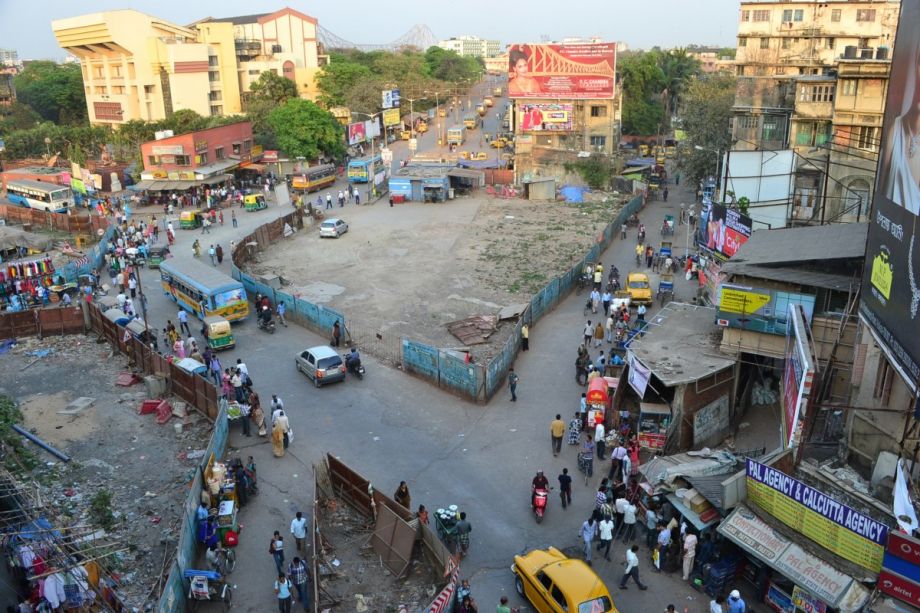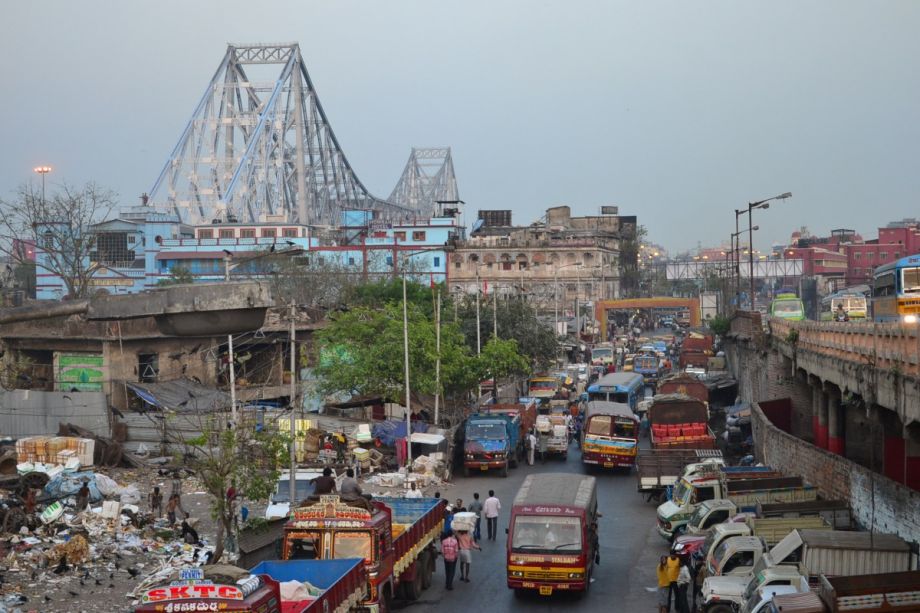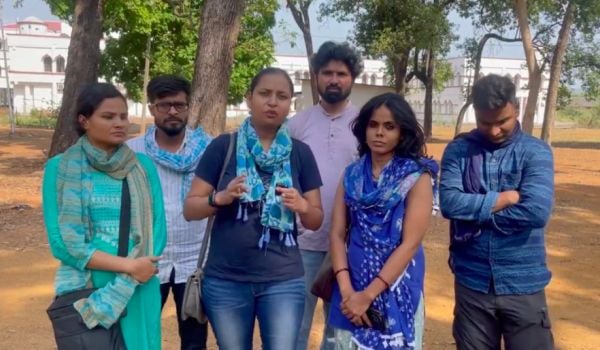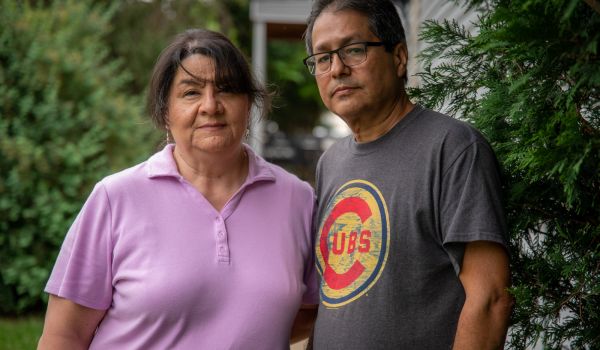When West Bengal’s chief minister Mamata Banerjee unseated a 34-year-old communist ruler in a power grab in 2011, she decided to shift her office from the iconic Writers’ Buildings in Kolkata’s heritage hub of Dalhousie, to Kolkata’s sister city of Howrah, on the other side of the River Hooghly.
While Banerjee is known for her impulsive ways, the sudden decision — apparently triggered by the need to renovate the Writers’ Buildings – surprised everyone. After all, the industrial town, known for its small manufacturing units, has always been the stepchild of the two cities. Once called the Sheffield of the East, Howrah’s ascent took place a century and a half ago, when the Howrah Railway Terminus was built in 1854, marking the beginning of the town’s industrial expansion. Flour mills followed, and by 1914 almost every major area in India was connected to Howrah by the railway. Soon the city become a hub for the light engineering industry.
But the rapid urbanization that followed was unplanned and haphazard, and in the 20th century Howrah went into decline, with industrial units closing down during the period of communist rule. Over the past several decades, as Kolkata has expanded eastward with glimmering high-rises and new satellite townships, Howrah has become a polluted mess of dark, labyrinthine roads snarled by traffic and noxious fumes. Cars jockey for space against cycle rickshaws, hawker encroachments and jaywalkers. The drainage and sewer systems are shoddy, and officials say about 70 percent of the buildings in Howrah are illegally constructed and dangerous.
Now, for the first time in decades, the city is basking in its glory with the state secretariat having shifted there. But the coming changes could be more than just symbolic. It was reported recently that the prestigious Bengal Engineering and Science University – Shibpur (or BESU, as it is commonly known), which is located in Howrah, will help revitalize the city.
“It is great news for us, and we are grateful to chief minister Mamata Banerjee that she for the first time shifted the spotlight to Howrah and set in motion things that can see a revival of the town,” says Howrah Municipal Corporation (HMC) mayor Rathin Chakraborty. The HMC will sign an agreement with BESU to draw up a plan for the rejuvenation of Howrah over the next few years. “We have many problems and no one ever looked at solving those. Now we have some hope.”

During the Howrah’s period of industrialization, the city grew haphazardly.
In fact, Chief Minister Mamata Banerjee, soon after her election victory in Howrah, asked the Kolkata mayor from her party to extend all help to Howrah’s new mayor Chakraborty. According to media reports, a team of 14 expert technocrats from the Kolkata Municipal Corporation (KMC) actually held discussions with the Howrah municipality to identify the various problems it was plagued with. Among the prime issues were solid waste management, sewerage and drainage, and unauthorized construction. Howrah is choc-a-block with buildings that breathe down each other’s necks and crowd out the sun.
BESU vice-chancellor Ajoy Ray sounds hopeful about the project, while the university’s registrar Dr. Biman Bandopadhayay, who is also a town planner and has worked in urban development for some time, explains its challenges and potential.
“Possibly for the first time, the municipal corporation of a state is going to have a state university as its research and development wing,” he told local media. The plans are numerous. “The de-silting of the drainage has to happen under the short-term plan while we found that the canal lock gates that discharge water in the River Hooghly need immediate maintenance. The road condition also has to be improved,” says Dr. Bandopadhyay. “Garbage disposal is a challenge too, and the existing facility will not serve for long. So a new area has to be identified for garbage disposal.”
According to Prof. Ray, the garbage will be transformed into energy under the new waste management system. Beautification of roads and the riverfront is also in the plan, though that alone is no solution for the urban chaos that grips Howrah.
“This is a 500-year-old town and it was historically neglected from the British period,” says Dr. Bandopadhyay. “So long-term planning with short-term implementations will only be able to change the situation.”
“We will give them a level of advice but in specific area consultants or groups will work,” he adds. “Drainage problem is an immediate issue along with drinking water problem. In Howrah roads were never widened and it is only three percent road area that we have in this town.”
The plans are ambitious, raising the question of whether the revitalization of Howrah really possible. Dr. Bandopadhyay, for his part, believes it is. “It is with political will, professionalism and some good short-term planning that will be in sync with a long-term plan, taking every single issue into account.”
Photos by Avishek Mitra










_600_350_80_s_c1.jpg)






